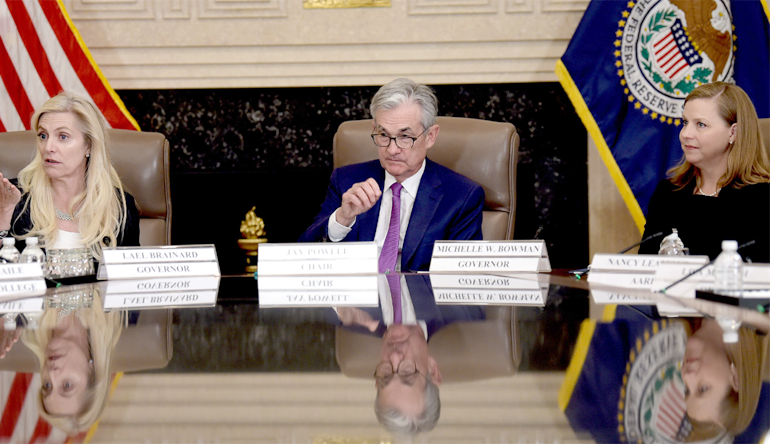
Federal Reserve Board issued guidance with important implications for banks in the US with respect to cryptoasset activities.
In a policy statement, the Fed indicated that it intends to exercise its authority to limit the cryptoasset activities of state member banks (SMBs) it oversees.
Specifically, the Fed intends to:
- prohibit SMBs from holding crypto as principal, which national banks are also not permitted to do;
- require that SMBs intending to issue a US dollar-backed stablecoin (a) demonstrate that they have sufficient controls in place to mitigate related risks, and (b) receive a supervisory non-objection before proceeding with issuance.
This approach is hardly surprising. Following the collapse of the FTX exchange late last year, banking supervisors are increasingly focused on ensuring that risks and instability in crypto markets do not spread throughout the rest of the financial sector.
On January 3rd, the Fed, the Office of the Comptroller of the Currency (OCC) and the Federal Deposit Insurance Corporation (FDIC) issued guidance to national banks, stressing that they need to identify and mitigate their crypto-related risk exposure.
This reflects the Biden administration’s position that touchpoints between the crypto and banking sectors should be limited until further legal and regulatory safeguards are in place.
In light of this growing scrutiny, financial institutions need to ensure they have an understanding of any crypto-related risk exposure they face – whether direct or indirect.
Importantly, the Fed’s statement should not be seen as a reason to turn a blind eye to crypto-related risks. In the past, banks have sometimes engaged in de-risking of sectors and business segments where regulators perceive substantial risks. Paradoxically, this can in turn make those risks harder to detect where they do manifest.
A similar dynamic could play out among crypto-related activities. If banks avoid directly engaging with crypto, or with crypto exchanges, those risks could still manifest in more subtle forms that leave banks exposed.
For example, crypto exchanges – particularly those located in or servicing high-risk jurisdictions such as Russia – may seek to access US dollar clearing services through nested relationships, using legal names or other identifying details that do not provide a clear indication of their true line of business.
US banks processing wire transfers on behalf of those high-risk crypto businesses would still face exposure to financial crime and other risks if they fail to detect that activity.
Similarly, bad actors may create a series of interrelated shell holding companies with fake NAICS codes and other misleading identifiers to obfuscate the nature of their business activities related to crypto.
Consequently, as supervisors increase their scrutiny of banks’ exposure to crypto, banks need to ramp up their ability to detect nested crypto-related risks among their transactions.
by Peter Sonner




